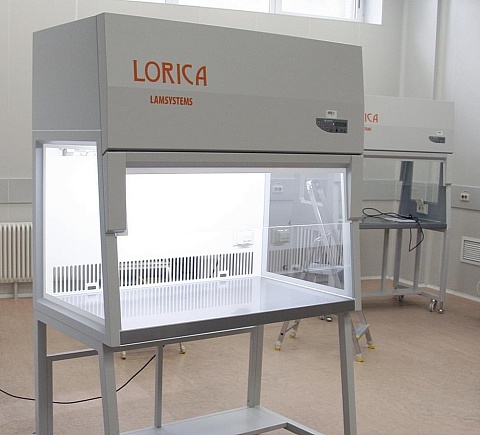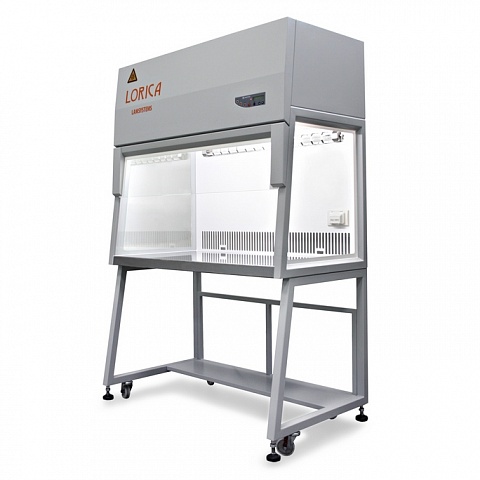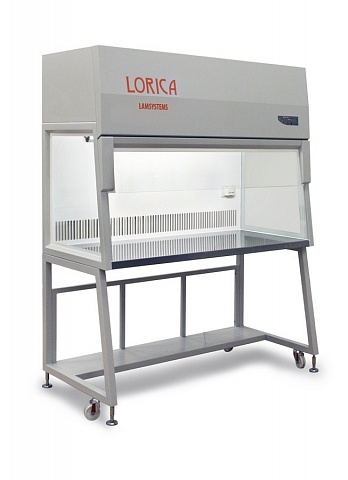Laminar Flow Hood Filter

In industry, these are often called clean benches. The reason is that filtered air over the work area keeps particle sensitive samples “clean”, i.e., free of contaminants that could damage them.
The working principle of a HEPA filter inside a laminar flow hood is as follows. In essence, air enters the filtration system from the outside and gets exhausted across the working space in a unidirectional airflow.
The filtration mechanism consists of a pre-filter as well as a high-efficiency particulate air system (or several ones depending on a model). These systems remove 99.97% of the particles from the air, such as dust, pollen, mold, bacteria, and any airborne particles with a size of as little as 0.3 microns.
Possible Applications
A laminar flow hood with a HEPA filter can be used for general lab, particularly, to filter the air for medical, pharmaceutical, electronic, and industrial use. They can also vary in size to suit a specific application or the size of the product.
Depending on the airflow direction, they are categorized as vertical or horizontal. Vertical workstations can be used for liquid/powder filling, washing operations, transferring samples from one place to another, and storage of material under Class 100 environment (meaning, an environment that contains less than 100 particles 0.5 microns per cubic foot of air).
In a horizontal cabinet, air blows directly toward the operator. It’s suitable for an ISO 5 cleanroom environment (Class 100) as well. Possible applications include IV preparation, non-biological tissue culturing, electronic or optics assembly, non-hazardous drug compounding, and parts inspection. A HEPA filter can eliminate 99.97% to 99.99% of particles that are no larger than 0.3 microns.
Loading Capacity and Maintenance
In order for a cleanroom to continue operating seamlessly, the equipment needs to meet the sterility levels requirements. Maintenance of a laminar flow hood device with a HEPA filter involves a cyclical filter test and periodic replacement. Understanding how long these mechanisms are supposed to last helps to maintain uninterrupted readiness to clean the air of impurities.
To inspect a laminar flow hood with a HEPA filter, specialists take several measures, such as testing the following components:
- System integrity
- Filtration efficiency
- Foundation tightness
- Airflow velocity
- Number of particles of a given size in the air
All the conditions mentioned above should be met. The test is necessary to assess whether the HEPA filter is working properly and if the cabinet can provide the needed purity class despite the continuing pollution, user impact, and external factors. Subsequently, it shows whether the lab work can be carried on with the same degree of safety.



